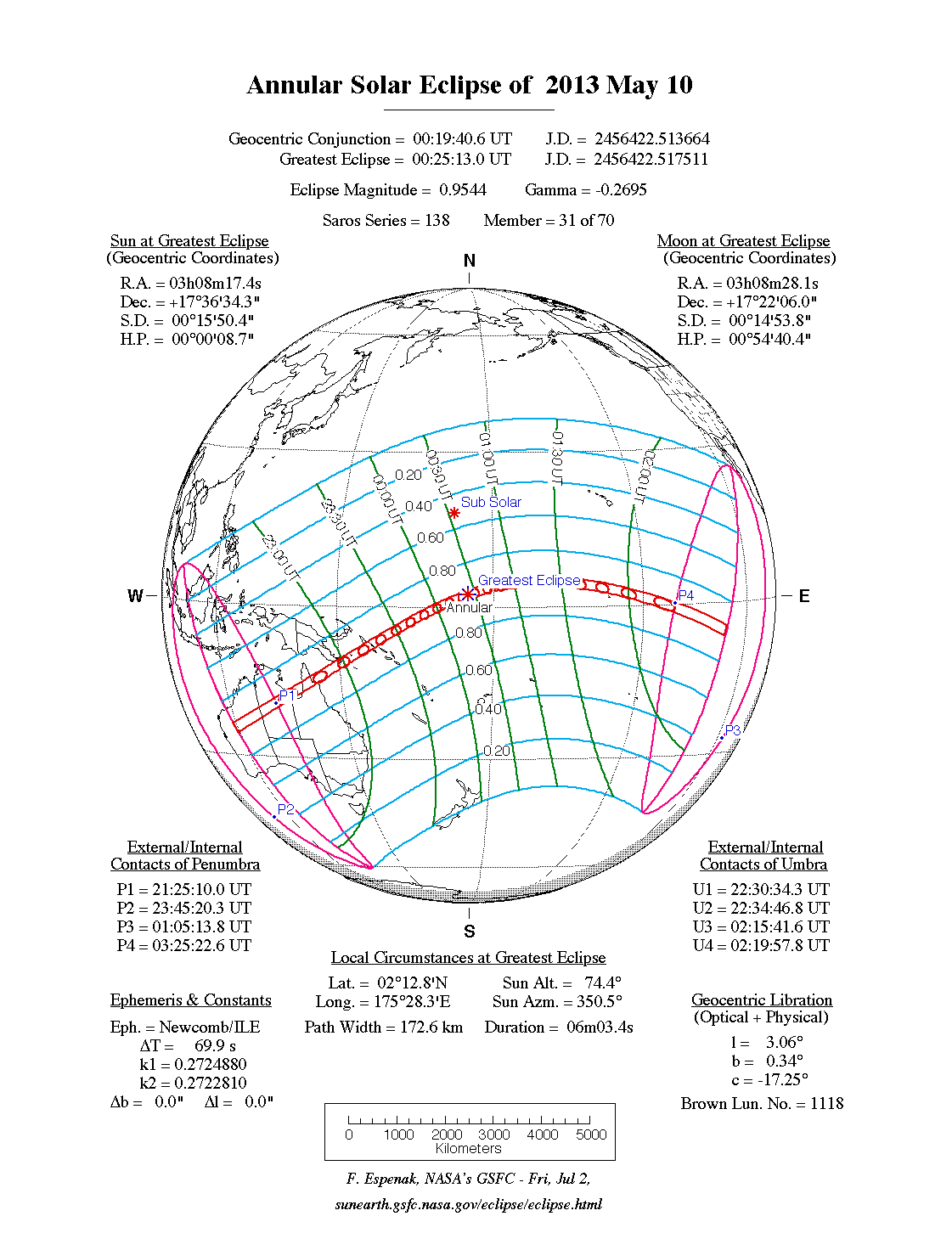While everyone is enjoying the nice weather that finally decided to come to Ithaca, it’s also important that we remember to take advantage of the warm nights to catch some of the celestial events this year. The two main events this week won’t be easily seen from here, one due to skyglow and the other due to the event occurring in the Southern Hemisphere, but they provide good examples of the wonders that can be seen throughout the year.

Though it’s possible that they’ve finished at the time of this post, the Eta Aquarid meteor shower peaked today. Like the others, this shower is annual, occurring when Earth passes through the dusty tail of Halley’s Comet. These particles burn up on entry into the atmosphere, creating streaks in the sky that appear to originate from the constellation Aquarius; tonight’s peak promised about 30-40 meteors per hour in the best locations. Unfortunately, NASA recommends viewing meteor showers from places without streetlights or skyglow, which rules out any good visibility from campus.
On Friday, the Southern Hemisphere will be treated to an annular eclipse. These occur when the moon passes in front of the sun, but instead of completely blocking it out, it appears slightly smaller than the sun, so the bright ring around the moon is larger than during a total eclipse. This eclipse will start in northern Australia and stretch a good way across the Pacific, so not many people will see it, but the November eclipse will take a lower path over New Zealand.
The next eclipse to be seen well from the continental US won’t be until August of 2017, so you’ll have a while to wait, but the next two meteor showers with good meteor rates are the Arietids in late May and the famed Perseids in August, so weather permitting, you should be able to catch some.






